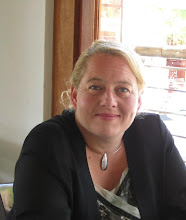A project that concerns the regulation of digital music covers an enormous range of theories and in recent times I have looked in more detail at new musicology, copyright theory, theories relating to internet regulation, economic theory as well as theories of governance. For the first half of this year I am focusing on two areas – free speech and property theory – my general hope (subject to change) is to establish the parallels between free speech and what new musicology calls productive mediation, as well as between property theory and receptive mediation. So generally from January to the end of March I will be looking at the first of these and from April to the end of June I will be looking at the latter. The second half of the year will be dedicated to developing a ‘chapter’ on the relationship between all these theories.
Free Speech
I started this group of blog posts by taking a look at some generic aspects of music and society which included language attributes such as semantics, semiotics, structuralism and inspiration. This formed a basis on which to introduce the genre of protest music and to look a little at its historical context, relative rarity and the ways in which the artists, style and use of music, are characterised. These posts are all directed at aspects of ‘speech’. I plan to do a little more on this area but will also be branching into communications theory and the law at some stage as part of the overview of the theoretical underpinnings, of both 'free' and 'speech'. Each post is simply a reflection on something that I have read and the comments I make are specific to that article – as time goes on perhaps I will get better at cross referencing my thoughts and providing a more comprehensive analysis, but for now I am still in the reading and learning stage. I plan to be wrong at least some of the time and there is also the possibility that I will conclude that free speech is very different to free expression in some regards – but hopefully not all.


No comments:
Post a Comment